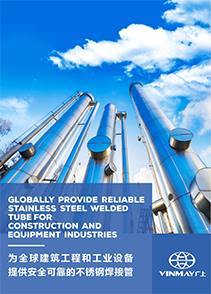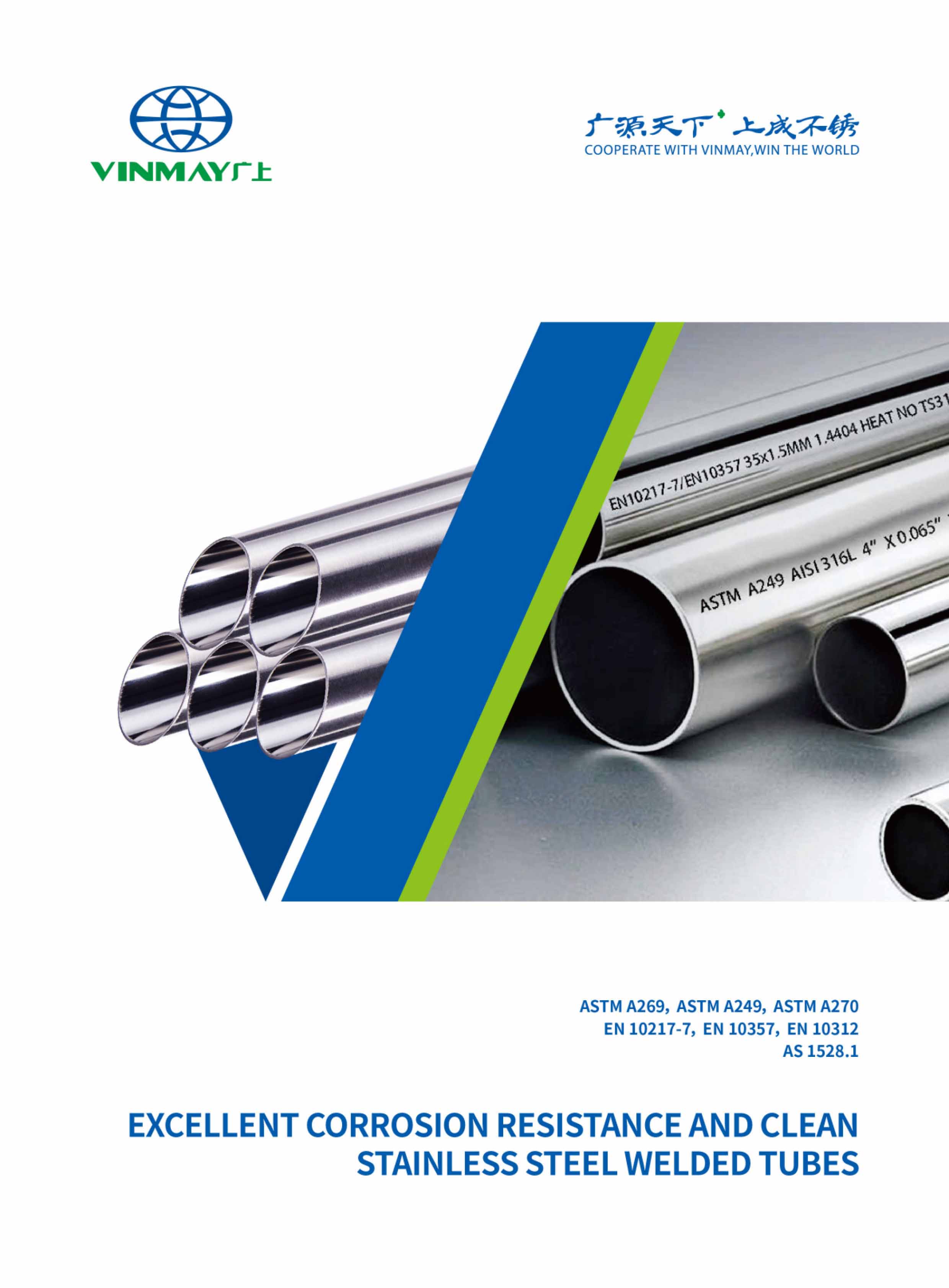Measuring stainless steel pipes involves understanding nominal pipe size and grade for precise corrosion resistance. Essential tools include calibrated calipers for outer diameter and micrometers for wall thickness. Flexible tapes aid in length measurement. To calculate circumference, use the pipe diameter with π. Checking pipe alignment is vital for accuracy. Regular tool calibration avoids errors. Further exploration will reveal insights into ensuring precise pipe measurements and maintaining structural integrity.
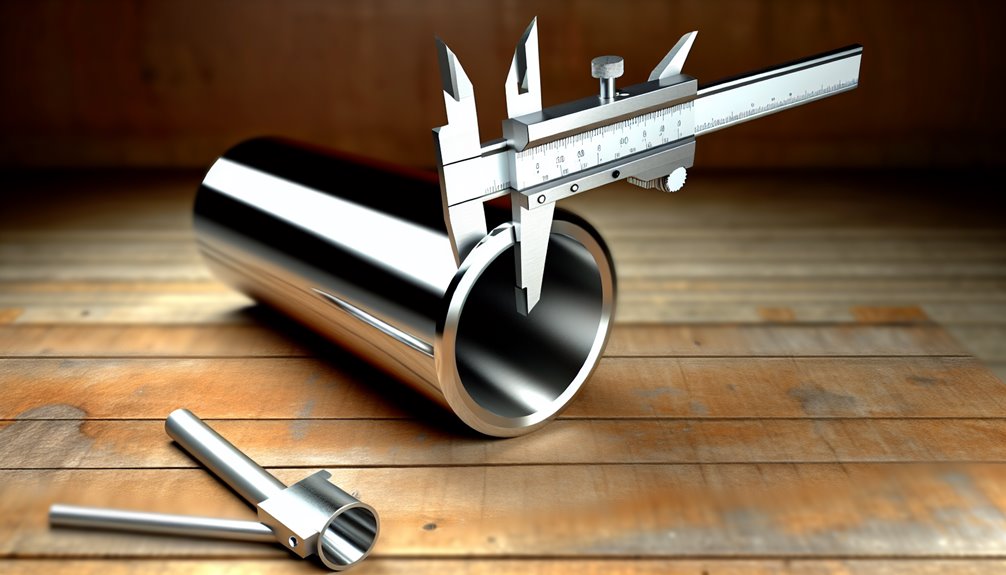
Accurate measurement of stainless steel pipes is critical in engineering and industrial applications, where even slight dimensional deviations can cause major issues. Inaccuracies may affect flow rates, pressure ratings, and structural integrity—potentially leading to system inefficiencies, misalignment, or safety risks.
To ensure precision, it’s essential to understand key parameters: nominal pipe size (NPS), outer diameter (OD), and wall thickness (WT). These factors determine performance characteristics like mechanical strength and pressure resistance. For example, calculating the pipe’s cross-sectional area using the formulaA = π(D²/4) - π((D - 2t)²/4)
—where D is OD and t is WT—helps engineers assess load-bearing capacity and fluid dynamics.
Compliance with industry standards such as ASTM A312 and ASME specifications ensures dimensional consistency and product reliability. Adhering to specified pipe schedules—like SCH 5, SCH 10, and SCH 40—allows for the correct selection based on wall thickness and pressure requirements. Understanding these variables is essential to optimize pipe performance in demanding environments, reduce the risk of failure, and meet regulatory requirements.
In stainless steel pipe applications, accurate terminology is essential for ensuring proper selection, compatibility, and performance. Common measurement terms include:
NPS × 25.4 mm.ID = OD - 2 × WT.Measurement units vary by region and application—OD and ID are typically expressed in millimeters or inches, while lengths are given in meters or feet.
For stainless steel tubes, especially 300 Series grades like 304 and 316, these dimensions are vital. Their high corrosion resistance and excellent workability make them suitable for demanding environments. Precise measurement ensures compliance with standards and optimal system performance.
When working with square tubing, maintaining accurate OD and WT is essential for structural integrity and compatibility. Additionally, selecting the appropriate material grade influences mechanical properties such as tensile strength and corrosion resistance, ensuring the pipe’s suitability for its intended use.
Precise measurement of stainless steel pipes starts with selecting the right tools. Depending on the pipe's size and the level of accuracy required, the following instruments are essential:
Using the correct tool ensures adherence to engineering tolerances and avoids errors during fabrication or installation.
When measuring stainless steel welded tubes—especially corrosion-resistant grades like 304 or 316—it’s important to select tools that minimize surface damage. Accurate readings are critical for material selection, ensuring long-term performance under harsh environmental conditions.
Ultimately, the choice of tool should align with the pipe size, schedule (e.g., SCH 10, SCH 40), and project requirements, enabling consistent quality control and system reliability.
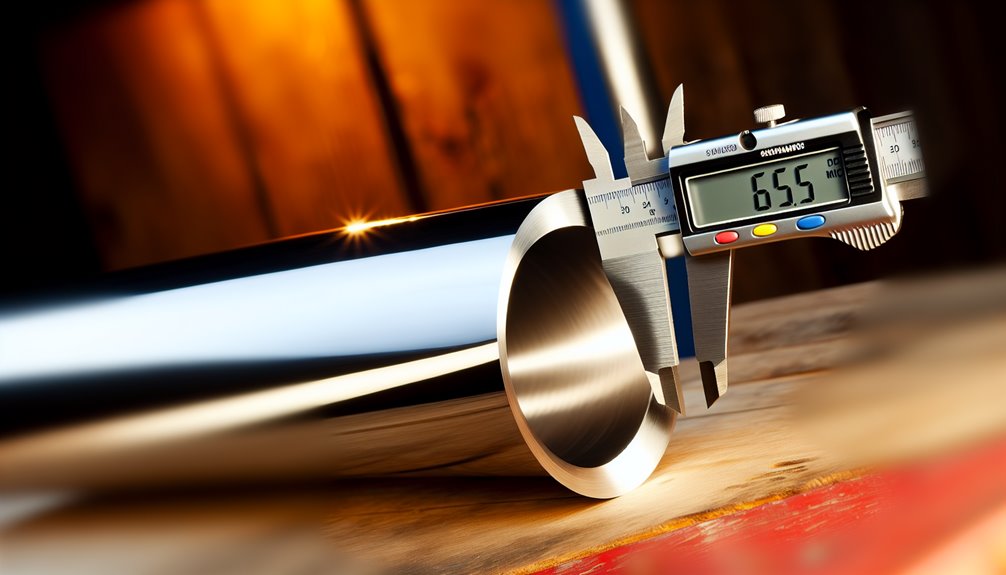
Accurate measurement of stainless steel pipes is essential for ensuring proper fit, performance, and system reliability. Below is a step-by-step guide covering the key dimensions.
Use a digital caliper, micrometer, or circumference tape to measure the pipe's outer diameter:
📌 Take multiple measurements at different points to confirm roundness and accuracy.
Use a micrometer or ultrasonic thickness gauge:
📌 Wall thickness affects pressure capacity and structural integrity.
Calculate the ID using the formula:
ID = OD – 2 × WT
Alternatively, use internal calipers to measure directly, especially for larger pipes where direct access is possible.
📌 Inner diameter is crucial for determining flow rate and fitting compatibility.
Use a tape measure or laser distance meter along the length of the pipe:
📌 Accurate length measurements are essential for installation and fabrication.
| Tool | Accuracy | Use Case |
|---|---|---|
| Digital Caliper | ±0.01 mm | OD and ID measurements |
| Micrometer | ±0.001 mm | Precise wall thickness |
| Circumference Tape | ±0.5 mm | Large OD measurements |
| Ultrasonic Thickness Gauge | ±0.01 mm | Non-destructive WT checks |
| Tape Measure | ±1 mm | General pipe length |
| Laser Distance Meter | ±0.5 mm | Accurate long-distance length |
Accurate measurement of stainless steel pipes is essential, especially when dealing with different pipe types such as seamless, welded, round, square, and rectangular profiles. Each type requires specific attention to detail.
Seamless pipes feature a uniform structure without welds, making them ideal for high-pressure applications. When measuring:
📌 Precise ID and OD measurement is essential due to their use in pressure-sensitive environments.
Welded pipes have a visible seam, which can affect measurements:
📌 Weld seam irregularities can impact dimensional consistency.
Used in weight-sensitive or precision applications, thin-wall tubes demand:
📌 Their strength-to-weight ratio makes them ideal for aerospace and instrumentation.
These profiles require measuring:
📌 Accurate dimensioning ensures proper load-bearing and fit in structural designs.
For custom-fabricated pipes:
📌 Custom components demand strict dimensional control to avoid costly rework.
Consistent measurement methodology across pipe types ensures structural integrity, minimizes material waste, and supports high-performance engineering outcomes.
Looking for precision stainless steel tubes? Explore our full product range →
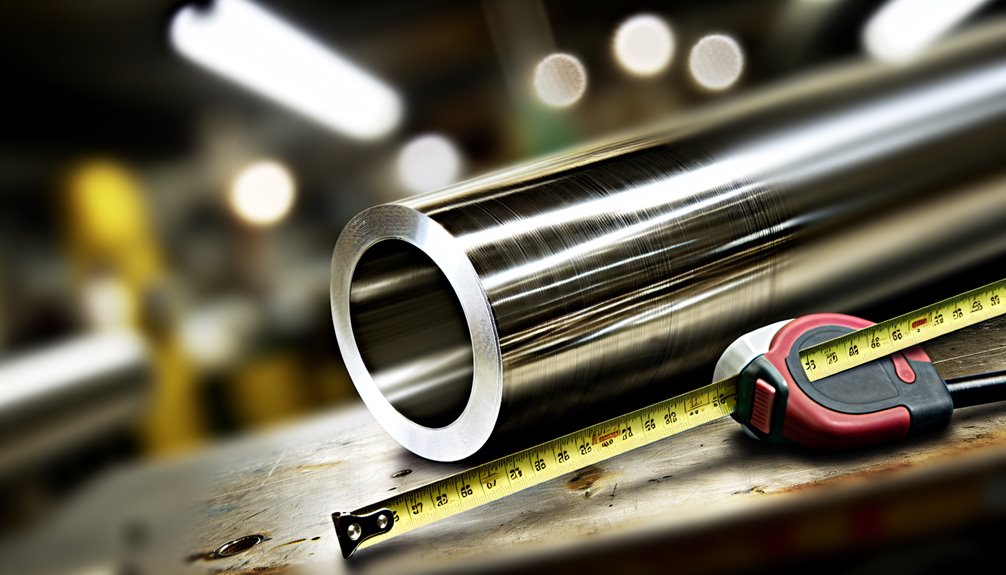
Accurate measurement is essential for ensuring stainless steel pipes fit and perform correctly. However, even experienced professionals can make critical mistakes that compromise system integrity, lead to incorrect sizing, and result in costly rework.
Here are the most common errors and how to avoid them:
Even correctly measured pipes can fail if not maintained. Avoid abrasive cleaners and routinely check for signs of corrosion—especially in coastal or industrial environments.
Avoiding these pitfalls ensures measurement accuracy, improves system performance, and extends the lifespan of stainless steel piping systems.
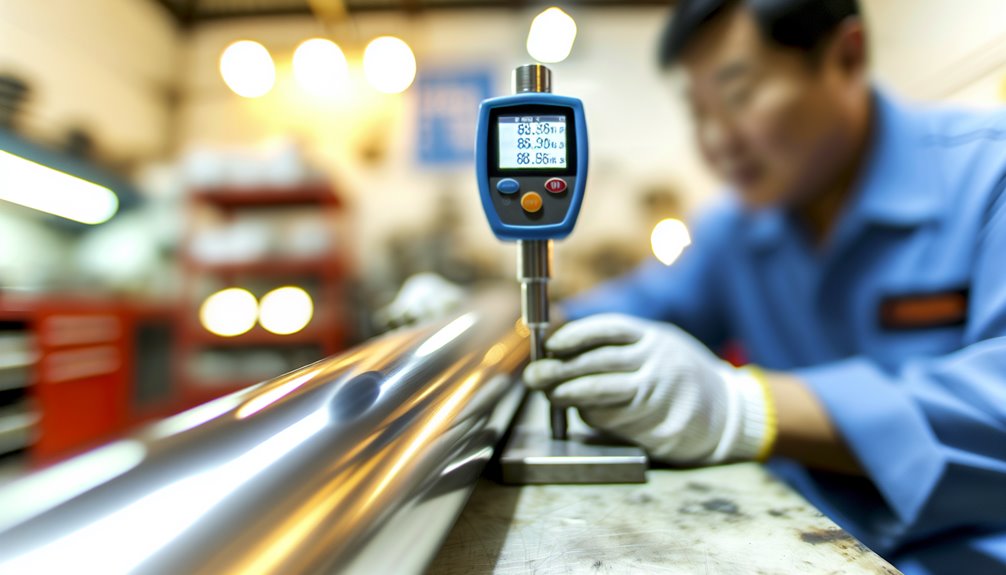
Accurately reading and using pipe size charts is a fundamental skill when selecting stainless steel pipes for engineering, construction, or industrial applications. These charts are based on widely accepted standards, such as ASTM, ANSI, and ASME, and provide essential dimensional data to ensure compatibility, safety, and optimal performance.
Key aspects to understand when using a pipe size chart:
Well-structured charts help engineers and buyers:
Ultimately, mastering pipe size charts ensures smarter procurement decisions and better integration into engineering designs.
While measuring the wall thickness provides vital insights into the pipe's structural integrity, achieving accuracy necessitates adherence to specific measurement practices. Measurement accuracy is paramount; consequently, attention to detail in measurement techniques is essential. Regular inspections and cleaning extend the lifespan of stainless steel tubes and prevent the accumulation of debris.
Achieving accurate wall thickness measurements is crucial for assessing pipe structural integrity.
The following practices can enhance precision:
Implementing these techniques guarantees precise and reliable measurements, contributing to ideal outcomes in stainless steel pipe assessments. To ensure optimal shielding and prevent contamination during welding, consider techniques such as back purge welding, which enhances both productivity and safety.
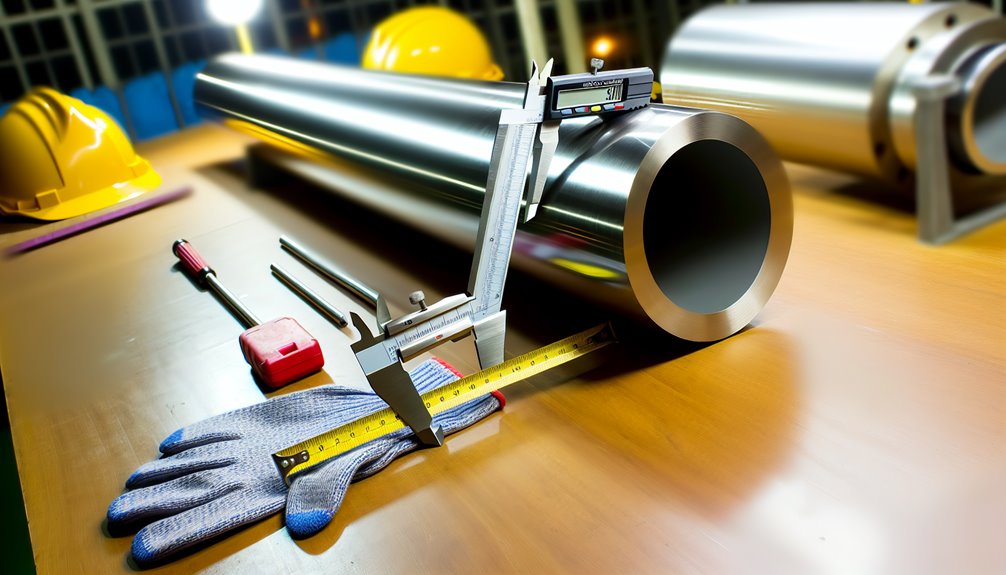
Temperature changes can impact stainless steel pipe measurements due to thermal expansion. Accurate measurements require accounting for expansion coefficients. Precision instruments and controlled environments enhance measurement accuracy, ensuring reliable data for engineering and manufacturing applications.
Smartphone features may assist in measuring stainless steel pipes, but measurement accuracy depends on the app's capabilities and calibration. For precise results, using traditional tools like calipers or measuring tapes remains advisable alongside smartphone methods.
Cleaning pipes before measuring is like polishing a mirror; it guarantees accuracy. Effective cleaning techniques, such as using non-abrasive cloths and mild detergents, are essential for pipe maintenance, preventing residue buildup and guaranteeing precise measurements.
To measure pipes with irregular shapes or bends, one should apply pipe measuring techniques like flexible tape for circumference and bend measurement methods, including segmental arc measurement, ensuring precision and control over dimensional accuracy for accurate assessments.
Digital tools, such as digital calipers and laser measuring devices, are available for precise pipe measurement. These tools offer accuracy and efficiency, allowing users to obtain exact dimensions, even in complex scenarios, ensuring meticulous control over measurement tasks.
In summary, accurately measuring stainless steel pipes is essential for guaranteeing proper fit and function in various applications. A notable statistic is that even a 1% error in diameter measurement can lead to a 3% discrepancy in the calculated cross-sectional area, potentially impacting flow rates considerably. By employing precise tools and techniques outlined in this guide, such as using vernier calipers for diameter and micrometers for wall thickness, professionals can avoid common pitfalls and secure precise and reliable measurements.
